2014 to 2024: How a decade of urban growth has changed Qld’s coast
From the exclusivity of Noosa Heads to suburbs popping up only metres from the water’s edge in Cairns, see in startling images how urban growth has changed the Qld coastline.
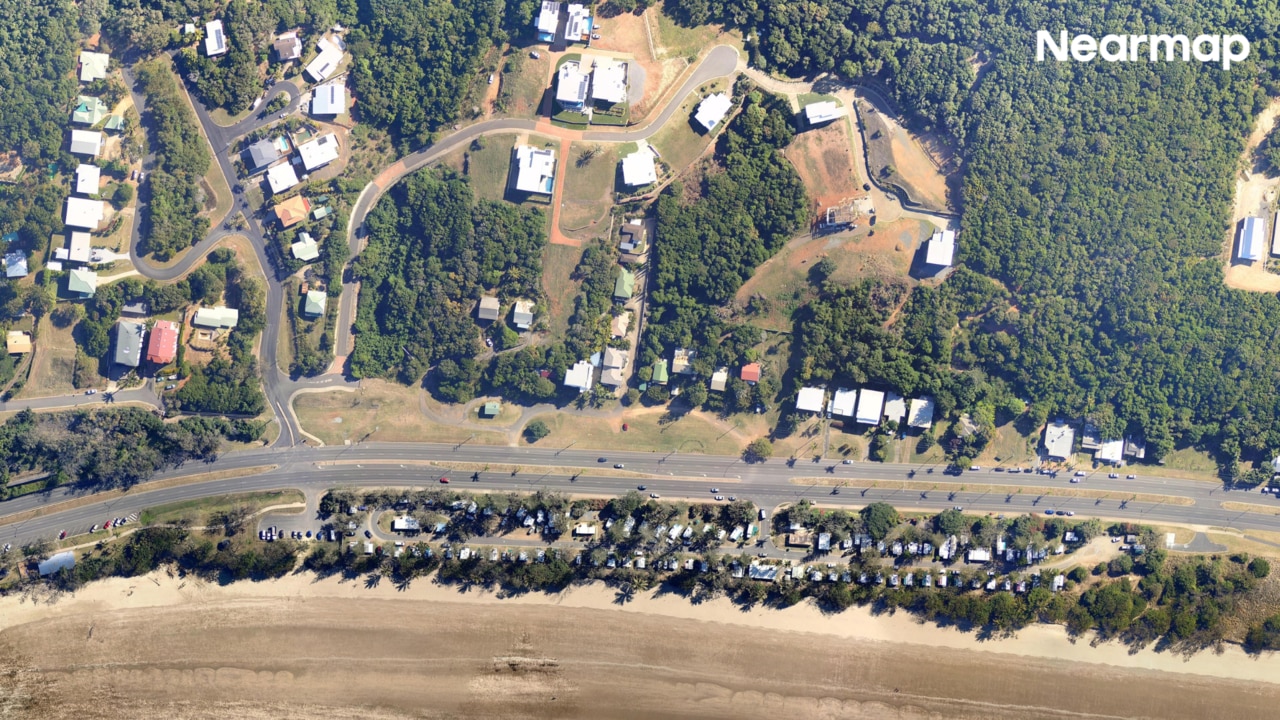
Bundaberg
Don't miss out on the headlines from Bundaberg. Followed categories will be added to My News.
From an exclusive enclave with little urban growth in Noosa Heads to suburbs being built in Cairns, stunning aerial images have revealed the population change on Queensland’s coastline over the past decade.
Some suburbs have grown to within metres of the coastline while others show a buffer of vegetation and dunes maintained.
As local councils and the state government grapple with planning schemes that allow more to move to regional coastal areas while maintaining the natural beauty of the areas, check out how things have changed between 2014 and 2024 from Caboolture north to Cairns.
The images are captured by the Nearmap proprietary aerial camera system attached to planes.
Caboolture
In 2022, Beachmere was among four Greater Brisbane suburbs to experience an increase in house prices due to a surge in those wanting to enter the beachside housing market in Queensland.
Last year, Sandstone Point became a centre of waterside luxury after the Sandstone Point Holiday Resort continued a major build complete with overwater villas and plunge pools.
Cairns
In 2019, blocks of land at Kanimbla were in demand as more than a dozen lots were released to the market with half selling fast with land priced between $268,000 and $280,000 at that time.
Earlier this year, Manoora experienced a solid increase in value in units, up more than 24 per cent with an average value of $276, 204.
Mackay
In the Mackay region last year, developments to watch for 2024 included the Northern Beaches Community Hub, the Bowen Jetty and the plan for the Seaforth Esplanade.
Sunshine Coast
In July, a prime Maroochydore development site hit the market, equipped with approvals to build a 56-unit tower, after a developer was unable to deliver the project.
In Yaroomba, the Dennis Family Corporation continued with its plans for a gated community following an eight-year legal saga over the parcel of land waged between former owner Sekisui House and community groups.
Townsville
In 2023, the Townsville City Council made moves to streamline development of the region to boost interest and keep the state government out of local planning.
Wide Bay
Last year, a five-storey apartment building was proposed for Bargara just months after a controversial vote on building heights which caused uproar in the Bargara community.
In 2022, residents slammed the Bundaberg Regional Council for allowing an increase in building heights in a turtle hatchling area.
Yeppoon
In Yeppoon, projects to watch in 2024 included the $23m redevelopment of the Keppel Bay Sailing Club and Conference Centre that included a 750-seat three-storey, 2,800sq m building with state-of-the-art sailing facilities, bistro and bar, multiple function and conference facilities, all from the beach location.
University of Queensland urban planning associate professor Dorina Pojani said it was tricky for planners on the coast to balance different needs and desires with climate change, particularly sea level rise and flood.
“We’re a beach-oriented country,” she said.
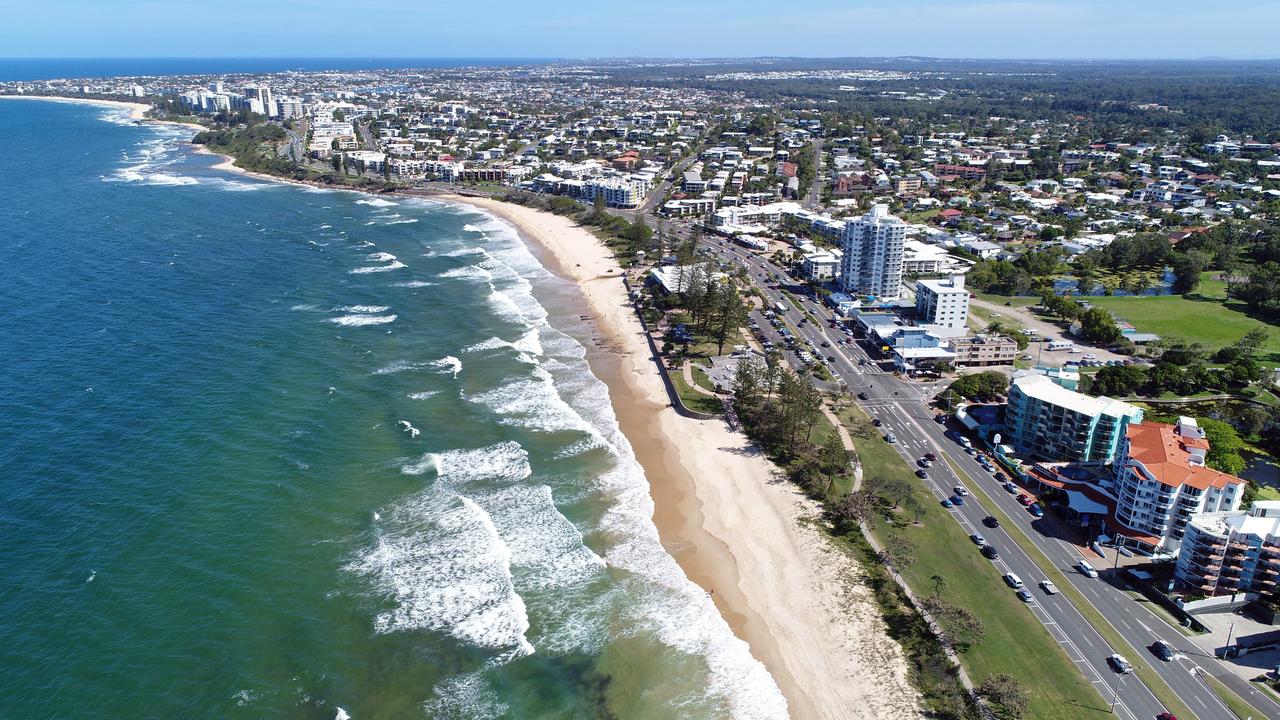
“Where people have freedom of movement they cling to the coast, people are attracted to water and we see it in (places like) the US too.”
She said throughout history there was more development on coasts and river deltas and all those places were “heavily populated” and at high risk of sea level rise.
The urban planner said because of sea level rise, and also visually and environmentally, she had concerns about high rises on the beach in the “Gold Coast” style.
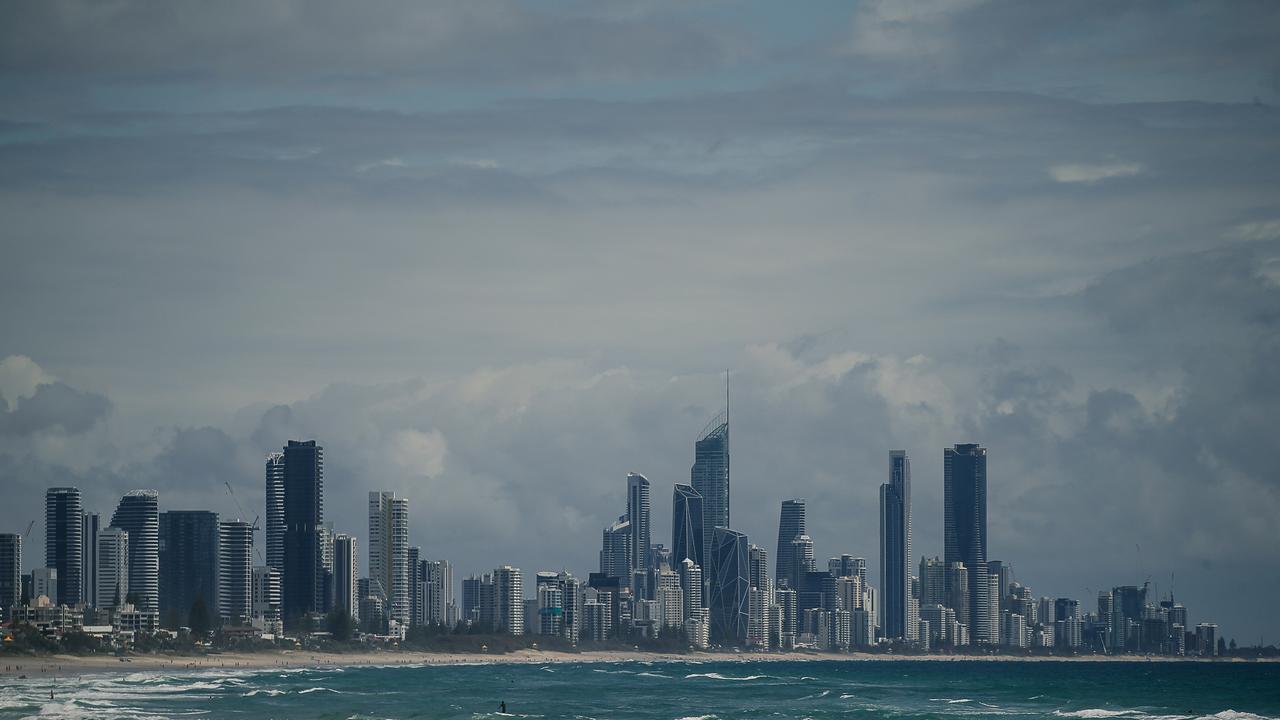
“It’s so much harder to move so many people,” she said.
“I’m thinking doom day, worst case scenario... but on other hand we don’t want to encourage low density.”
The urban planner said the “middle ground” may be preferable, with mid-rise development that was not built right on the beach in case a plan for a retreat was required due to sea level rise.
“If we have mid-rise that goes in strips along the beach, following the beach, not right at the beach and being served by light rail,” Ms Pojani said.
Innovative ideas
The associate professor said planned “retreat” was talked about more openly than in the past.
“It’s been a taboo topic because it’s unpleasant to say to members of the public you live in a place where you may have to move,” Ms Pojani said.
“It’s being talked about, gradual retreat, not only on the coast but places of flood like in Brisbane.”
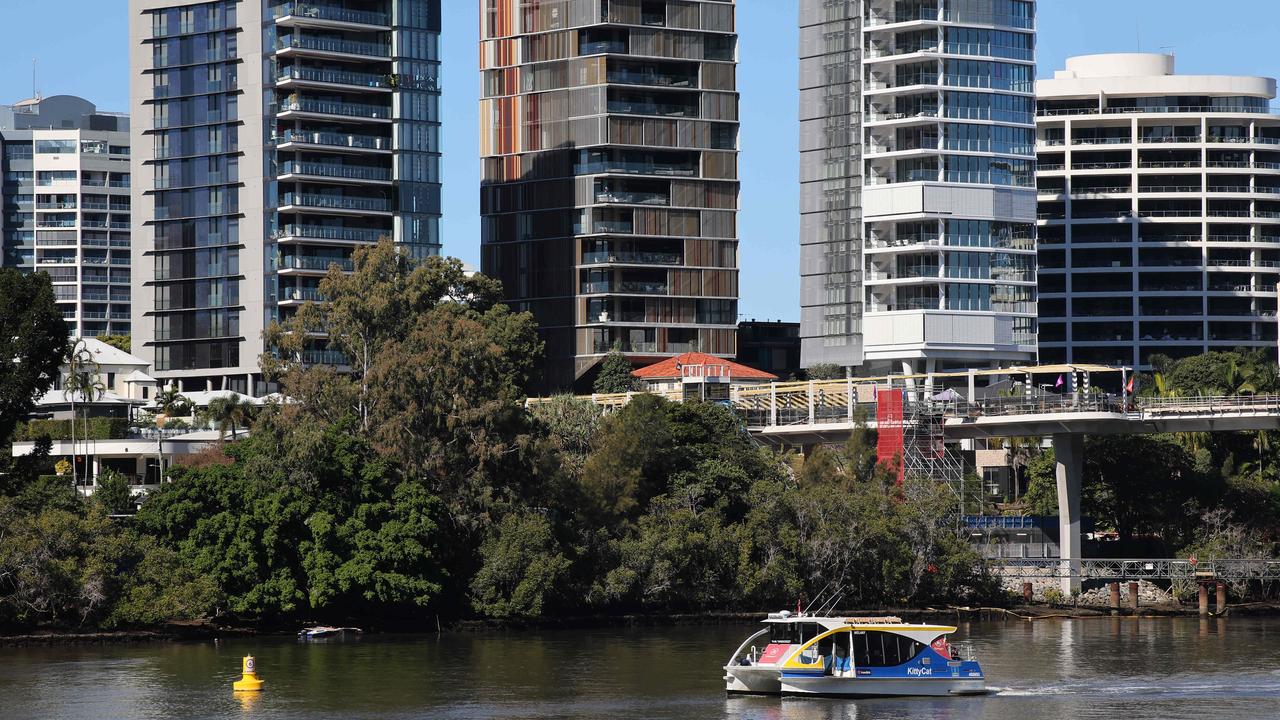
Ms Pojani said another innovative idea was a “sponge city” idea, which meant making a city “pervious” to water.
“Lots of parking lots, lots of wide roads that’s not good for the water cycle,” she said.
“You want the water to evaporate and get absorbed into the ground.
“The idea is to have basins in the city so they fill up in case of the flood, lots of parks, and the basins are usable as parks in dry conditions.”
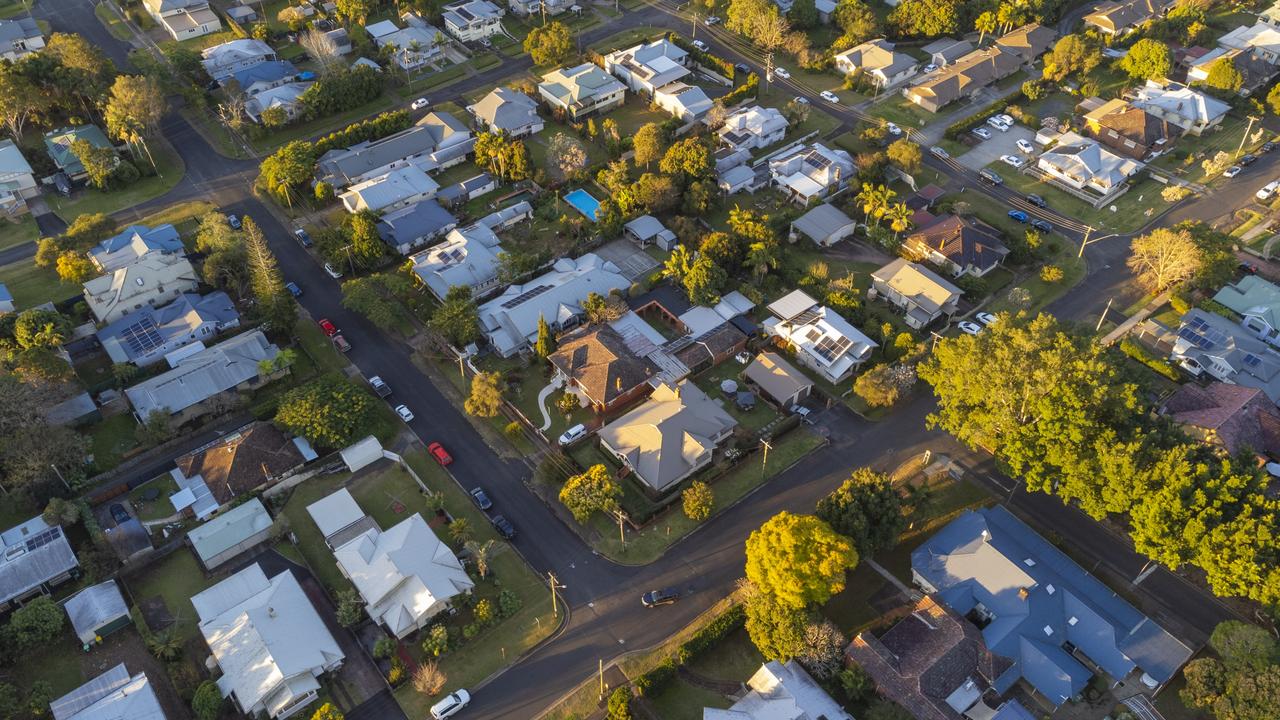
She said in a sponge city even hard surfaces were built with materials that still absorbed water
“Instead of asphalt (in a car park) use bricks that are partly empty so the water still goes through,” Ms Pojani said.
She said a third innovative idea, which was “out there” but worth consideration, was floating houses and other floating land uses.
“They use them in Holland, they have lots of boat houses but they do have them in other places, they have them in San Francisco Bay,” Ms Pojani said.
“Thailand is a water culture, Vietnam is a water culture, so it might be that we need to go back to other solutions.”
The associate professor said the “western way” was historically to “fight” water and build barriers.
“But the solutions of the future may be to live with it, to have floating markets, floating housing,” Ms Pojani said.

“And as humans we need to get into this mentality generally, nature is stronger, we’re weaker.”
The associate professor said funding was needed for research into urban living because Australia was now an urban nation.
“Most of us live in cities, and most of our cities are coastal so we need to think it through,” she said.
Andy Watt, CEO of Nearmap, said over the past decade, Queensland’s coastal regions had experienced significant urban growth and were home to lively, thriving communities.
“As the state continues to be a top destination for many Australians, there’s a need for local governments to be able to drive sustainable development,” he said.
“Nearmap’s location intelligence can provide crucial data and insights for urban planners, developers, and local councils to manage this growth effectively.”
More Coverage
Originally published as 2014 to 2024: How a decade of urban growth has changed Qld’s coast









